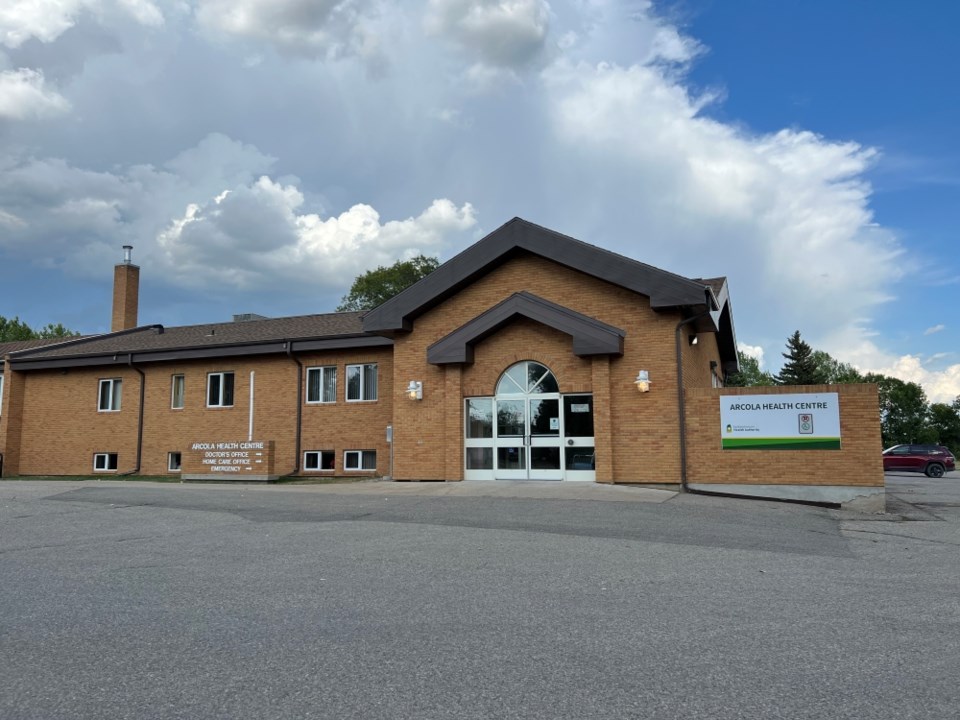REGINA - The Government of Saskatchewan is committed to maintaining and strengthening the important health-care services people rely on, according to Matthew Glover, the director of media relations for the executive council.
In an email, Glover reached out to the Ministry of Health regarding concerns about the nursing shortages in rural communities.
The province has invested nearly $100 million to implement a four-point Health Human Resources (HHR) Action Plan to recruit, train, incentivize and retain health-care workers.
This action plan aims to stabilize and increase the health workforce in Saskatchewan and accelerate efforts to attract and retain health-care workers, including continued domestic and international recruitment, by adding 250 new permanent full-time positions or enhancing the part-time positions to full-time hours in rural and remote communities, in nine high-priority classifications, including nursing in rural and northern communities.
They will be offering attractive incentive packages for new health professionals to work in the rural and remote areas of the province, with incentives of up to $50,000 for a three-year return-in-service agreement in those nine high priority areas.
They are also enhancing the Rural Physician Incentive Program (RRIP) which could provide up to $200,000 over the span of five years for new-to-rural-practice physicians, and the Student Loan Forgiveness Program encourages nurses and nurse practitioners to practise in the rural and remote communities by forgiving up to $20,000 of their Saskatchewan Student Loan.
According to Glover, to date 19 health-care professional have been recruited and hired to work in health care facilities in Arcola, Oxbow and Redvers as part of the HHR Action Plan.
In Arcola, there are no vacancies for doctors, and they hired two registered nurses.
Oxbow also has no vacancies for physicians, and they hired two new continuing care aides (CCA), one emergency medical responder and one RN since the launch of the program.
As an interim measure, a virtual physician program has been initiated in Oxbow to further support and stabilize their ER services. This pilot project enables staff in Oxbow to contact a virtual doctor to further patient assessment.
The program is not intended to replace on-site doctors but to offer a temporary initiative to support existing health-care services.
Redvers also has no vacancies for doctors and has hired two RNs, one combined lab/x-ray technician, three CCA’s, one emergency medical responder, three primary care paramedics, one recreation worker and two cooks since the HHR was launched.
Recruitment missions to the Philippines in 2022 and 2023 resulted in 400 conditional job offers made by the Saskatchewan Health Authority (SHA). Approximately 200 are expected to arrive in the province by the end of this fiscal year. Arcola, Oxbow and Redvers are all anticipated to receive some of these nurses in the coming months.
Glover feels the overall HHR initiatives have shown positive impact on stabilizing health services in rural and remote areas.
While the number of doctors practising in Saskatchewan is increasing, the government recognizes that the need for a further increase of physicians is still needed.
The Government of Saskatchewan’s HHR Action Plan continues to expand and enhance programming targeted to recruiting and retaining doctors. This includes the newly-updated rural Physician Incentive Program, a new agreement with the Saskatchewan Medical Association, expanded medical residency seats and increased placements through the Saskatchewan International Physicians Practice Assessment.
The new Saskatchewan Medical Association contract includes a record investment of approximately $245 million in added items and enhancements to existing physicians' compensation, programs and initiatives. As part of this, the Ministry of Health is developing a new made-in-Saskatchewan family physician payment model and also offers specific additional compensation to physicians practising in rural Saskatchewan.
Glover added that it is anticipated that this will increase the likelihood of physicians choosing to practise in Saskatchewan, especially in the rural and remote areas.
More doctors will train at home with expanding the medical student seats through the University of Saskatchewan.


